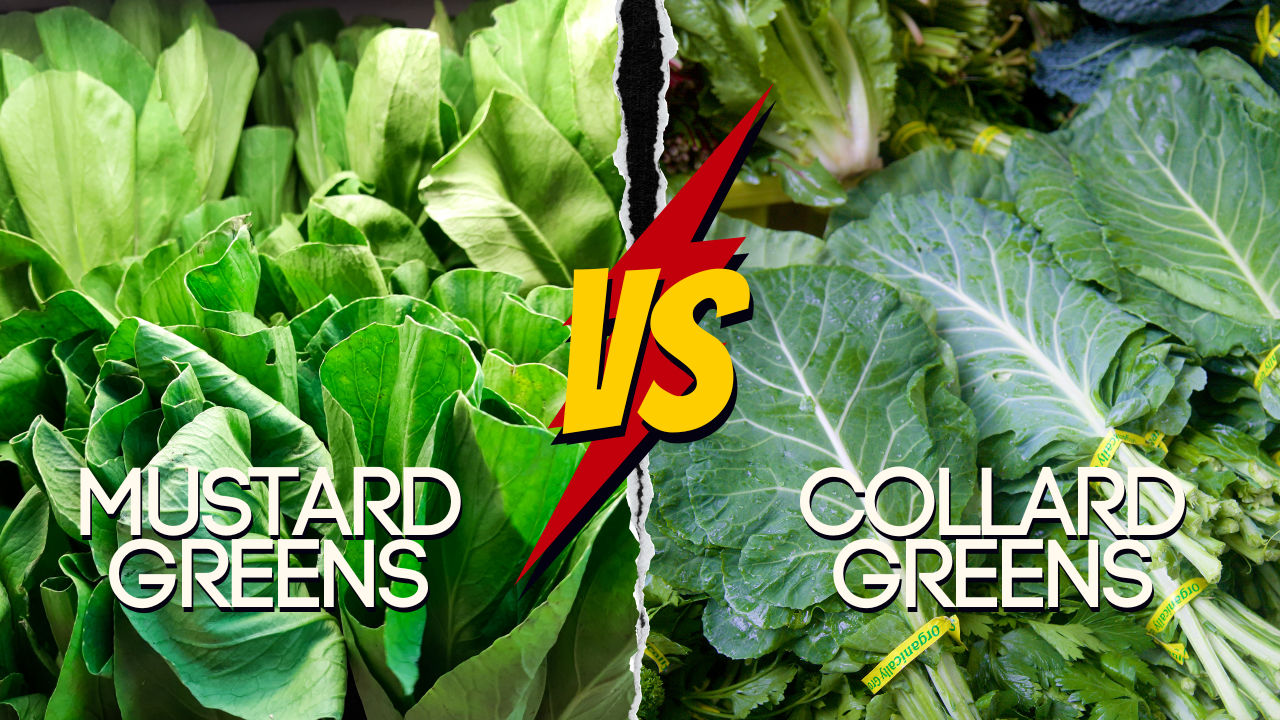Mustard greens are the spicy rebels of the leafy green family – perfect for a fiery stir-fry or punching up soups with a mustardy kick.
Collard greens, their sweeter cousins, bring soulful depth to slow-cooked Southern dishes.
While they share a family resemblance, their flavors and culinary superpowers couldn’t be more different.
🎯 Are mustard greens and collard greens the same?
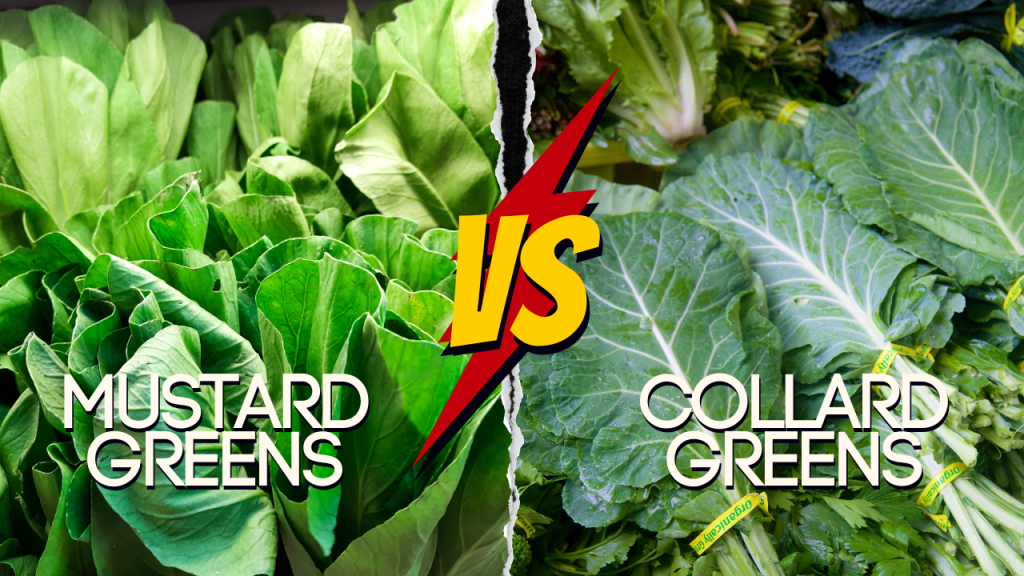
✨Quick Answer: No, they’re different. Both come from the same cabbage family, but they’ve become distinct vegetables with unique looks, flavors, and how they’re used in the kitchen.
| Characteristic | Collard Greens | Mustard Greens |
|---|---|---|
| Appearance | Big, smooth leaves | Can have frilly or lobed leaves |
| Flavor | Mildly bitter and slightly sweet | Spicy and peppery |
| Cooking | Best when cooked slowly (braising, stewing) for tenderness | Zesty flavor holds up in fast cooking methods |
💁🏻♂️My Experience:
As a chef and gardener, I love experimenting with collard greens and mustard greens – their differences expand your culinary options. Here are a few of my favorite ways to highlight their unique flavors:
- Smoky Pot Likker: Braising collard greens low and slow with smoked turkey necks transforms them. They release a rich, smoky, meaty flavor that’s amazing in bean dishes or soups.
- Spicy Stir-Fries: When I want to balance fatty meats or rich sauces, I turn to mustard greens stir-fries. Sliced leaves, lots of garlic, ginger, sesame oil, and oyster sauce make a perfect spicy side dish.
- Combined Power: Don’t be afraid to blend collard greens and mustard greens! Braise collard stems, then sear pork chops. Wilt sliced mustard greens in the pork juices for delicious “meat and greens” with amazing flavor contrasts.
🌿Other Delicious Leafy Greens
Here are some other tasty and nutritious green leafy vegetables:
- Kale – Robust flavor, great in salads and smoothies
- Spinach – Mild, versatile, fantastic fresh or cooked
- Chard – Colorful with an earthy sweetness
- Turnip greens – Slightly peppery, delicious Southern-style
- Beet greens – Tender and slightly sweet
- Endive – Mildly bitter, adds crunch to salads
🍳Southern-Inspired Recipes
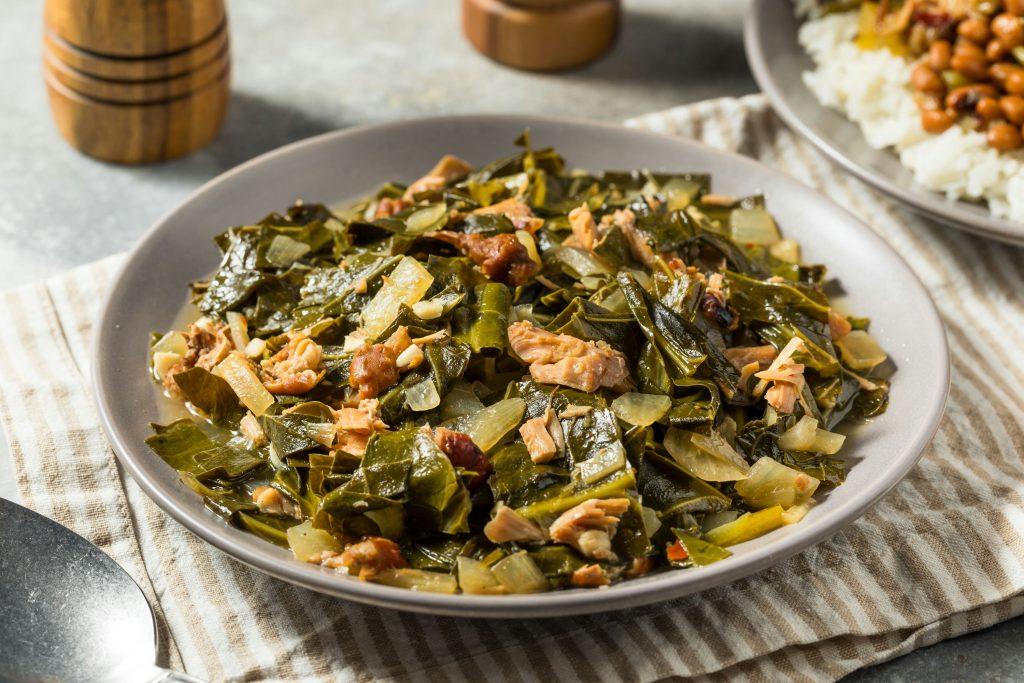
- Southern mustard greens: A classic with smoked meat and vinegar tang
- Southern collard greens: Slow-cooked, rich, and flavorful
- Mixed greens – Combine your favorites for variety
🌿 Unraveling the Leafy Green Family Tree
Collard greens and mustard greens may look like distant cousins, but they share a common ancestor! Both come from the Brassica oleracea species, along with favorites like broccoli and kale.
Through years of careful breeding, farmers developed distinct varieties:
- Collard greens: Large, smooth leaves with a mild, slightly sweet and bitter flavor. Ideal for braising or wrapping.
- Mustard greens: Varied leaf shapes and a signature spicy, mustard-like kick.
💁🏻♂️My Experience: I’ll never forget the first time I cooked mustard greens. Their flavor completely changed, teaching me that each leafy green has its own unique personality.
😋 A Tale of Two Flavors
Mustard Greens – More Than Just Spice
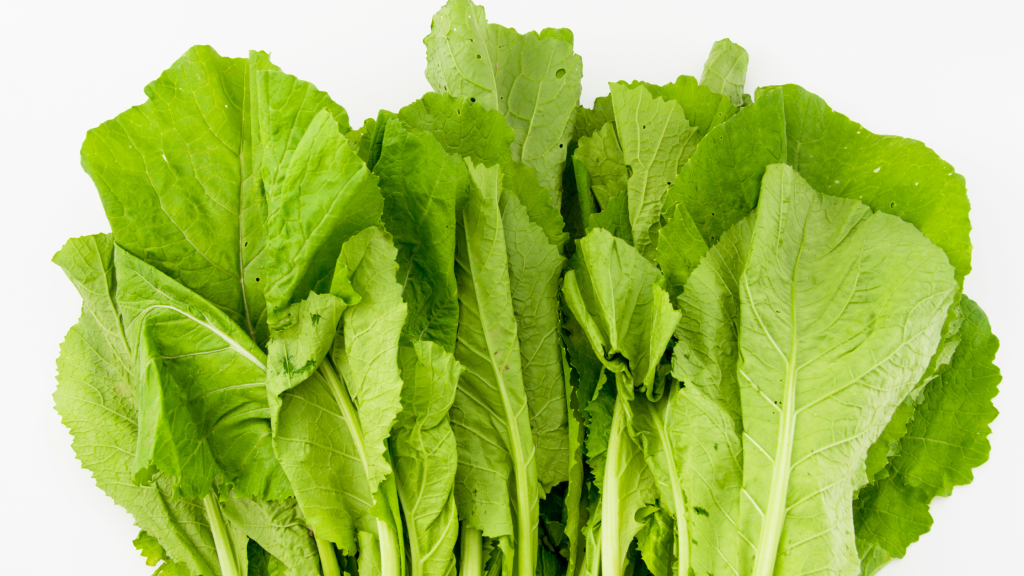
While mustard greens are known for their spicy kick, the flavor spectrum is wider than you might think! Here’s a quick look:
- Types:
- Giant Red: Intense, horseradish-like bite
- Green Wave: Milder, closer to spinach
👉Cooking: I love using the spicier varieties in stir-fries. For braises or stews, milder mustard greens work beautifully.
Collard Greens – The Sweetness Within
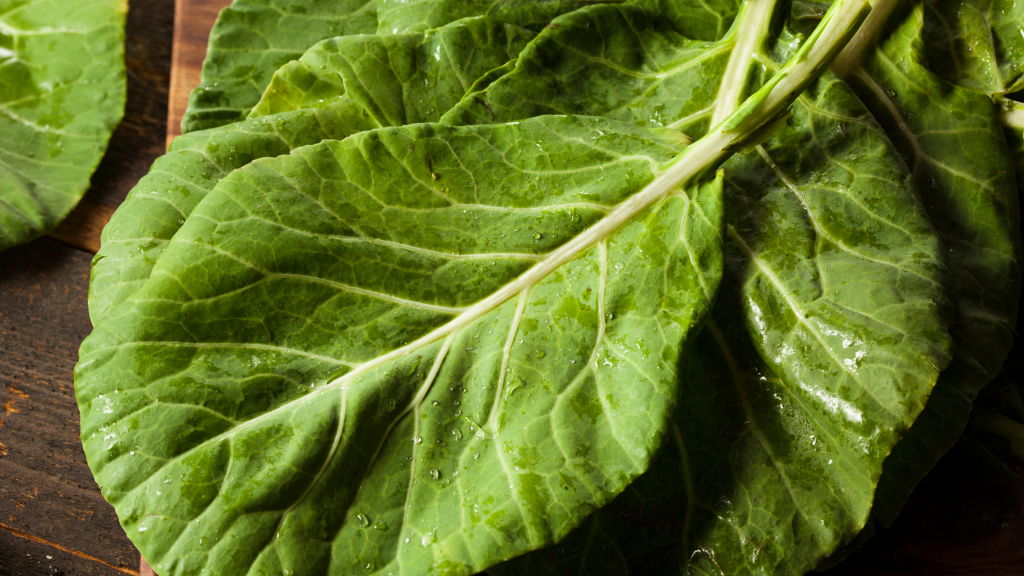
Slow cooking transforms collard greens. Their natural sugars caramelize, creating a rich, almost meaty flavor with sweet undertones. Fatty additions like ham hocks or bacon, plus a touch of vinegar, bring out their complex, savory-sweet best.
💁🏻♂️My Experience: At the Boat Basin Cafe, stewed collards were a star ingredient – from ramen bowls to sweet and sour variations!
💡 Beyond the Ordinary: Surprising Uses
| Characteristic | Collard Greens | Mustard Greens |
|---|---|---|
| Leaf Color | Dark blue-green | Varies |
| Leaf Shape | Round, smooth | Toothed, lobed, variety of shapes |
| Flavor Profile | Mild, slightly bitter | Spicy/pungent, mustardy |
| Culinary Uses | Wrapping, braising, stewing | Quick cooking like stir-fries |
Pickled Power
Pickling mustard greens and collards adds a new dimension of tangy, spicy flavor. I’ve loved experimenting with different brines over the years. Here are a few of my favorites:
- Sunny Mustard Pickle: Turmeric, lemon zest, black peppercorns
- Juniper Collards: Juniper berries and bay leaves
- Beet Pickled Greens: Get a vibrant pink color from pickled beets
💁🏻♂️Chef’s Tip: Blanch greens briefly before pickling to keep their color. Then let the good bacteria create that tangy, probiotic goodness! I love dipping pickled veggies in kewpie mayo spiked with soy sauce and togarashi.
Edible Blooms
Did you know collards and some mustard greens produce edible yellow flowers? They have a mild, sweet-spicy flavor that reminds me of broccoli. I love making quick tempura with them!
A light batter with paprika, salt, and lemon zest, then fry until crispy – they’re a colorful and tasty garnish. Remember, a little goes a long way, as the raw blooms can be bitter.
👩🍳 Cooking Tips: It’s Not One-Size-Fits-All

As a chef, I know the key to delicious leafy greens is the right technique. Collards and mustard greens may look similar, but they need different approaches.
⛔️Avoid Common Mistakes: Don’t overcook collards into mush or undercook mustard greens. Instead, match your cooking method to the specific green.
- Collards: Low and slow cooking (braising, stewing) is best. This brings out sweetness and makes them tender.
- Mustard greens: A quick stir-fry or simmer tames their spice and keeps them flavorful.
🍳Simple Recipe Examples:
- Mustard Greens: Sauté with garlic and ginger, adding a splash of soy sauce.
- Collard Greens: Braise with smoked turkey for a rich, smoky flavor.
😲 Fun Fact Time
Did you know collard greens have a competitive eating record?
In 2018, Geoffrey Esper ate a whopping 25 pounds of cooked collards in 8 minutes! This shows how the leaves shrink and become tender when cooked.
💁🏻♂️ My Experience: At the Boat Basin Cafe, my Mess O’ Greens platter was a hit, but even the biggest appetites couldn’t match that record! Still, it’s a fun reminder of how satisfying and flavorful collard greens can be.
🔎 Related Questions
Can I substitute mustard greens for collard greens?
Sometimes! Both are tough and slightly bitter. Mustard greens can work in braises instead of collards, but remember their spiciness. For milder dishes or when using collards as wraps, a substitution won’t work.
💪 Health Powerhouses
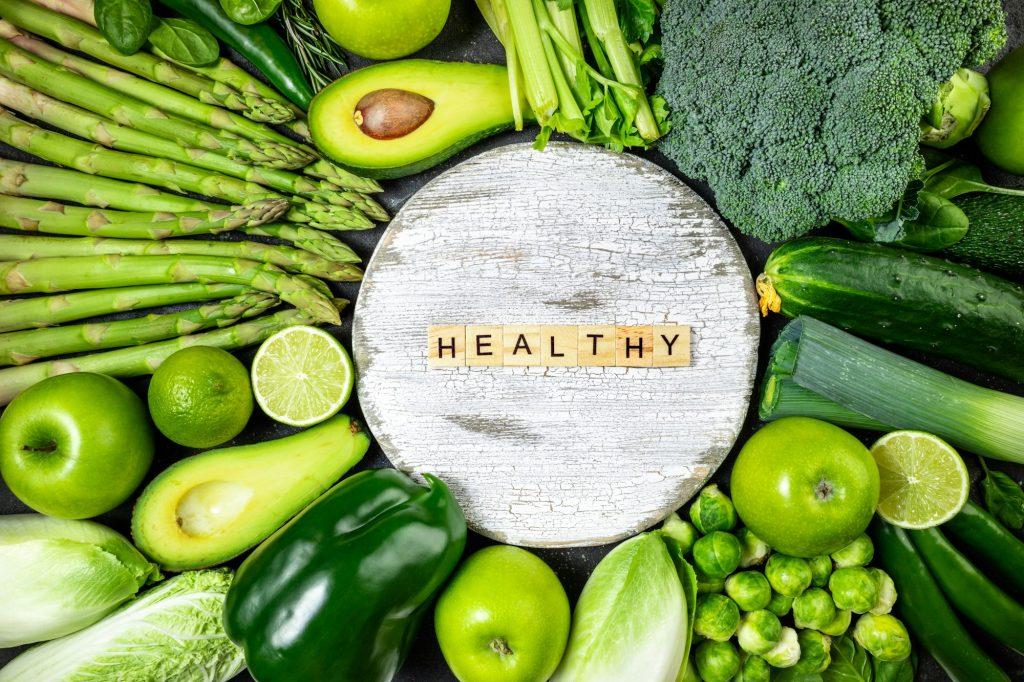
Collard greens and mustard greens are packed with nutrients! Here’s why:
- Vitamins and Minerals: Just one cup of boiled collard greens has over 250% of your daily Vitamin K. Both greens also provide Vitamin A, C, calcium, and more.
- Phytochemicals: The bitter flavor comes from healthy compounds linked to antioxidant benefits.
📖 Reliable Sources: Research suggests leafy greens can help reduce the risk of certain cancers and heart disease. For example, a meta-analysis in the International Journal of Epidemiology found that a high intake of raw or cooked leafy brassicas correlated with a 15% lower risk of bladder cancer [1].
A study from the National Institutes of Health notes collards and mustards are rich sources of vitamin K, which supports bone and cardiovascular health [2].
That’s why organizations like the American Cancer Society [3] recommend eating plenty of these nutritious veggies!
Collard Greens vs. Mustard Greens: Not the Same!
- Family Resemblance: Both collard greens and mustard greens belong to the same ancestral cabbage family (Brassica oleracea).
- Distinct Differences: Over time, they developed unique characteristics:
- Appearance: Collards have smooth, large leaves while mustard greens can be frilly or lobed.
- Flavor: Collards are mild and slightly sweet/bitter; mustard greens pack a spicy punch.
- Cooking: Collards shine when cooked slowly, while mustard greens hold their flavor in quick-cooking methods.
📝 Key Takeaways
- Culinary Versatility: Collard greens and mustard greens offer incredible flavor variety for different dishes. Experiment!
- Technique Matters: The right cooking method makes all the difference. Slow and low for collards, fast and hot for mustard greens.
- Nutritional Powerhouses: Both types of greens are packed with vitamins, minerals, and beneficial phytochemicals.
FAQs
What’s the difference between mustard greens and collard greens?
While the brassica plant cousins share some traits, they have distinct appearances, flavors, and ideal cooking methods. Collards have wide blue-green leaves with a mildly bitter flavor that develops sweetness when braised. Mustard greens have spicy, pungent leaves that add a mustardy bite to dishes. Collards suit long slow cooking; mustard greens are best for quick stir-frying.
What are collard greens called in Australia?
Collard greens may also be called borekale or curly kale in Australia. The leaves look very similar to kale and taste somewhat bitter, lending themselves to long braising or adding to soups and stews. Ask for borekale if you want collards down under.
What is the English equivalent of collard greens?
The closest common vegetable substitute for collard greens in England is spring greens or kale. While not quite the same, they share some culinary properties of dark leafy brassicas that suit longer cooking times to tenderize and mellow bitterness. Curly kale can also be substituted in dishes calling for collards.
📖 Sources:
[1] https://academic.oup.com/ije/article/48/6/1777/5032776
[2] https://ods.od.nih.gov/factsheets/VitaminK-HealthProfessional/
